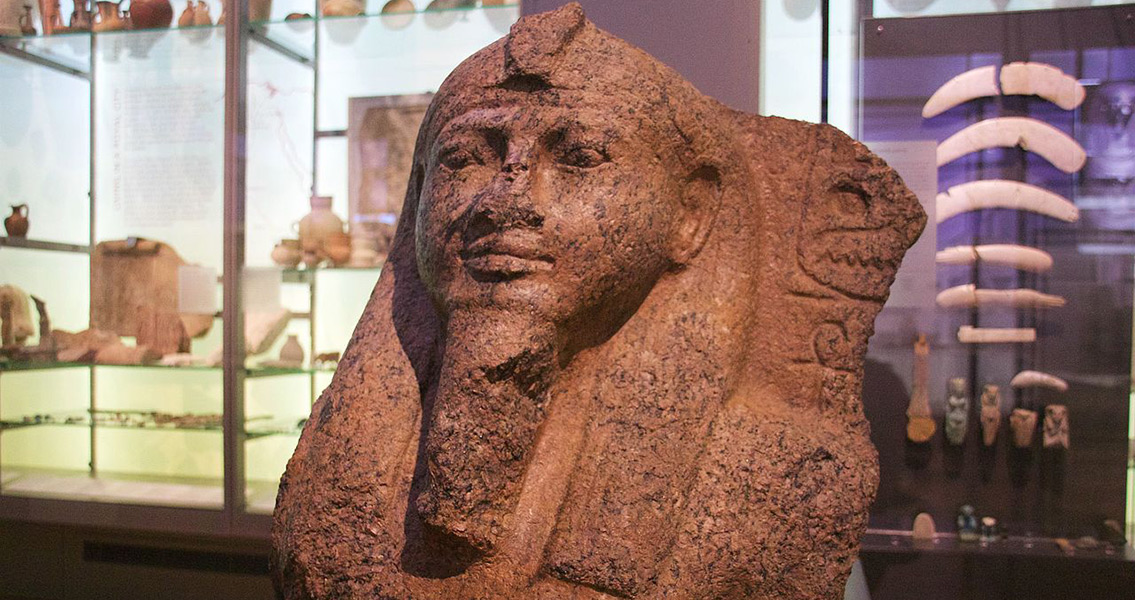<![CDATA[Archeologists working at Pi-Ramesses, the site of an Egyptian city built by Pharaoh Ramesses II who reigned between 1279 BCE and 1213 BCE, have discovered the ancient footprints of Egyptian children left in mortar 3,000 years ago. The prints were found at the bottom of a mortar pit in the remains of a large building which researchers believe served as a royal palace or temple. During excavation work at the structure, a research team with the Roemer-Pelisses Museum (Hildesheim, Germany) discovered the mortar pit and at the bottom, stamped into a layer of still-present mortar, were small footprints. Ranging in length from 15 to 17 centimeters (5.9 to 6.6 inches) the prints are believed to have been made by a child or children between the ages 3 and 5 years old. Archeologists have been unable to determine whether the prints are from one child or several because the difference in size is too small to differentiate, and no other features are distinguishable due to the prints' condition. Home to more than 300,000 people, Pi-Ramesses was constructed on an island in the Pelusiac branch of the Nile and flourished as the capital during Ramesses II's reign, as well as for another century afterwards. The city consisted of a large central temple, with a significant stretch of mansions which bordered the river on the west side and a disorganized collection of workshops and houses to the east. Researchers believe Ramesses' palace lies beneath what is today the village of Qantir. The capital was later moved to Tanis. Ramesses II, also known as Ramesses the Great, is generally considered the Egyptian Empire’s most powerful and successful Pharaoh. After his death he was buried in the Valley of the Kings, although his body was later relocated to a royal cache which was where, in 1881, it was discovered. The temples and monuments of Pi-Ramesses were plundered for their stones which were used at Tanis and other locations, and the city stayed lost for thousands of years. Nothing of the city can be seen on the surface, its remains, however, have been identified using magnetic measurements which are able to detect walls. Where the children's footprints came from remains unknown. Child labor was not illegal, but the children’s age makes this seem like an unlikely explanation. It also seems rather unlikely that the royal children would have been allowed to play there. The team intends to consult with specialists and have the footprints analyzed in the hopes of discovering more. The pit containing the footprints also contained a large number of smashed fragments of painted wall plaster which were, unfortunately, too small for any scene to be recognized. Other evidence suggests the scenes involved different areas of color, (red, yellow, black, and various blues) and figural representations. ]]>
New Discovery Shows Children Have Always Played in the Mud
